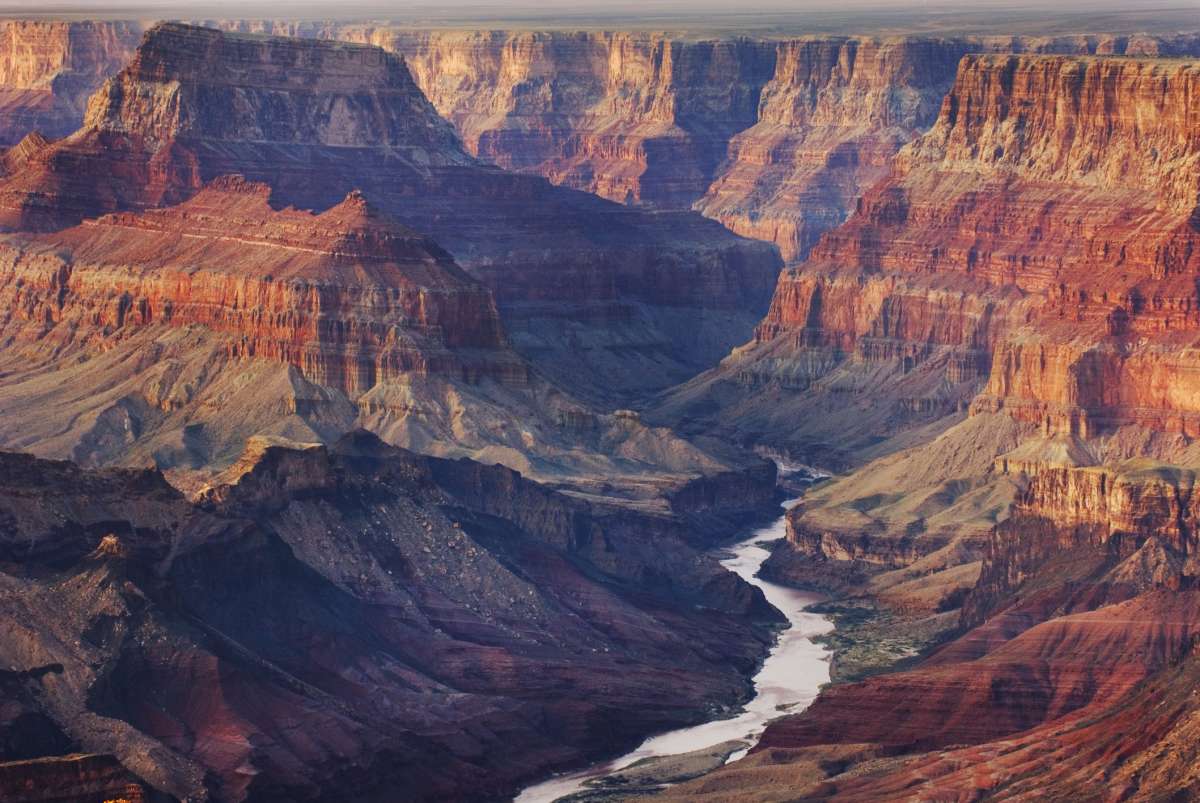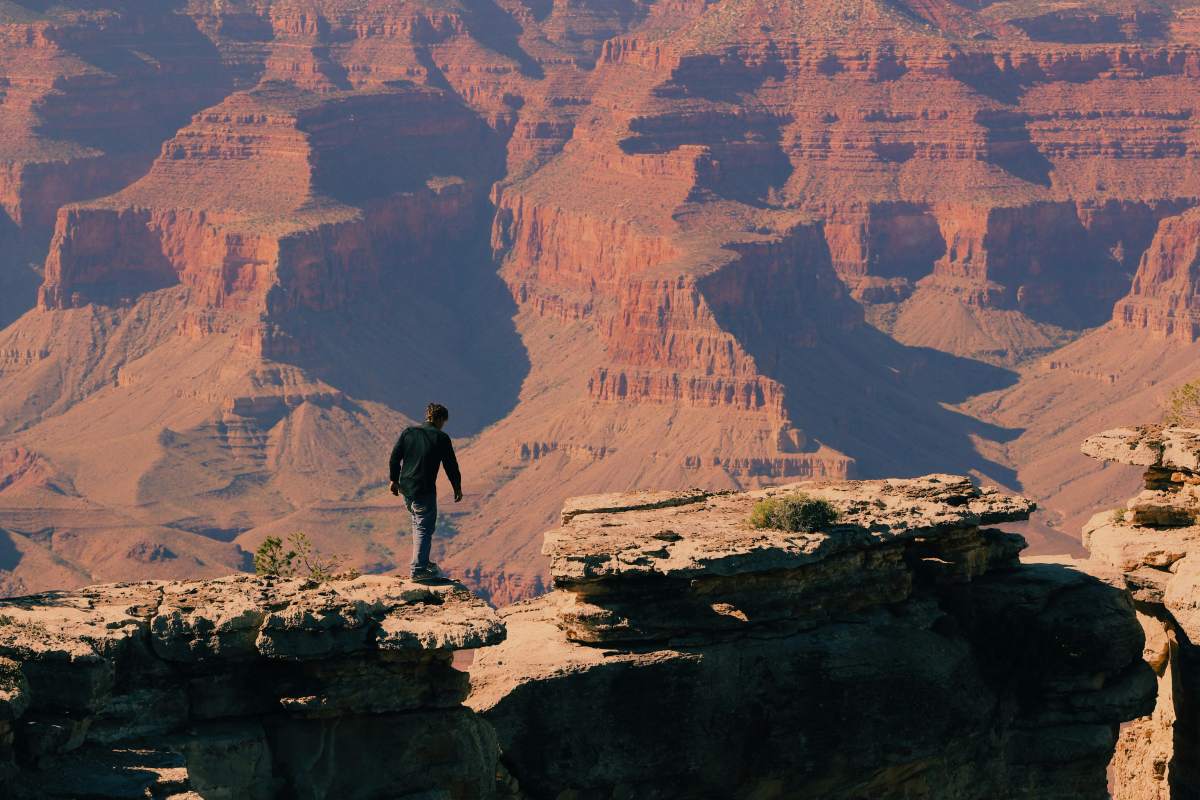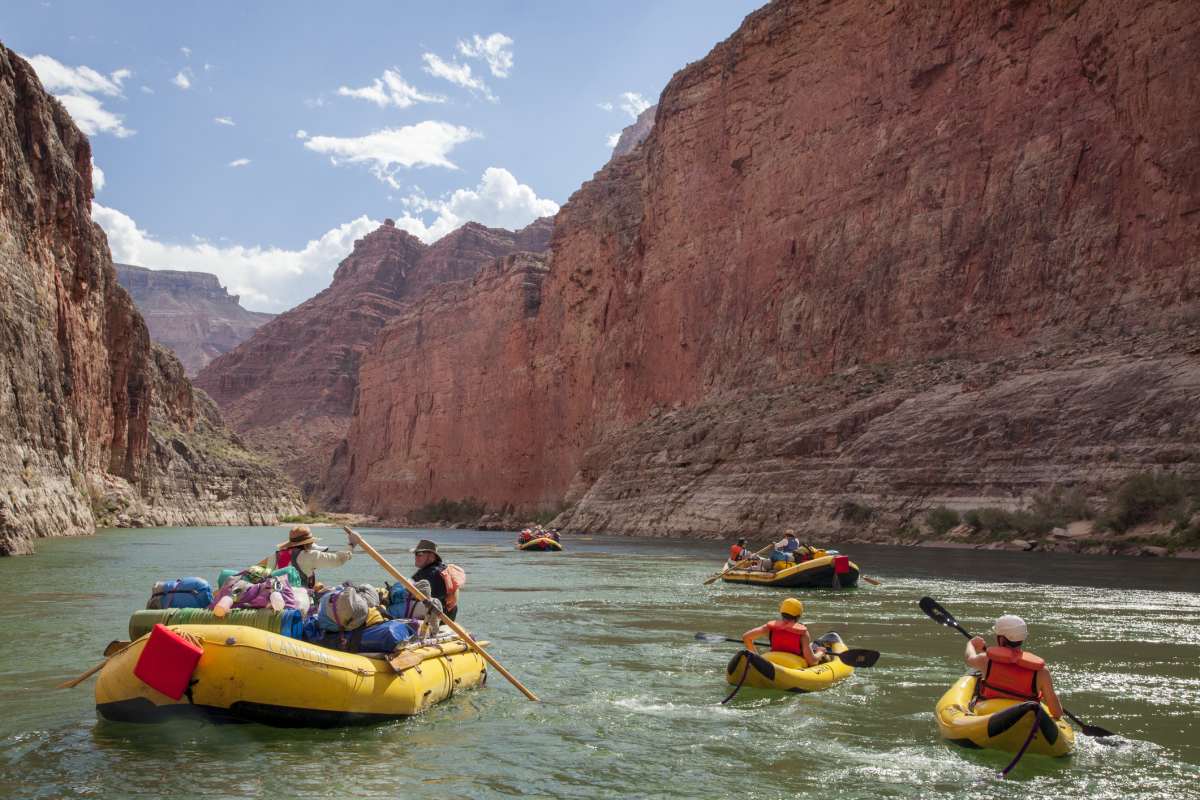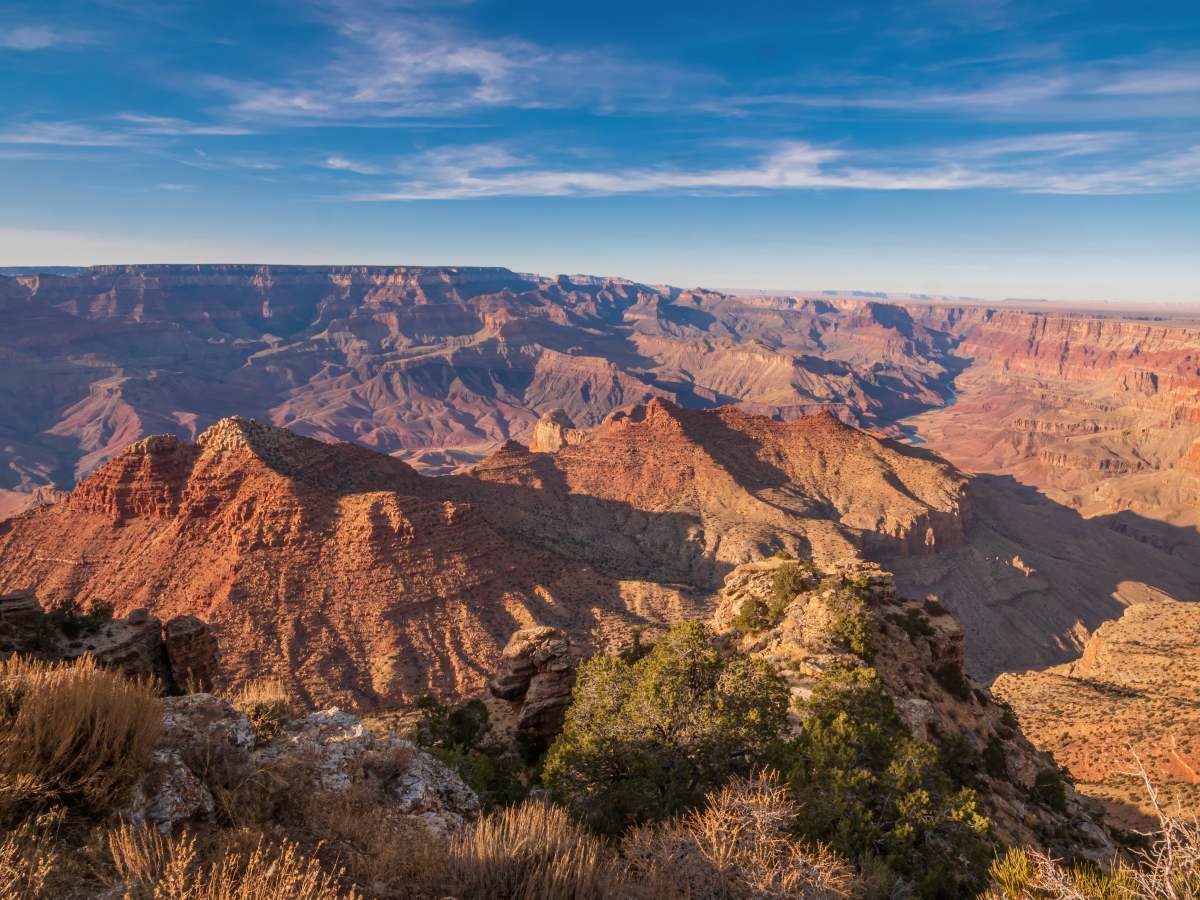Exactly How Much Water Fits Inside the Grand Canyon? The Internet Has Some Wild Ideas

About 59 miles north of Williams in the southwestern United States is a gigantic monster with a gigantic void in its heart, enclosed within steep sandstone-colored walls. The void is 288 miles long and 18 miles wide. Forged and carved by the cascading waters of the Colorado River over millions of years, the void is flanked by undulating valleys whose desert-like cliffs are punctuated by sculpted rock formations like buttes, spires, mesas, and temples. Welcome to the Grand Canyon Park in Arizona. The void, often called a towering valley, is too deep, too vast to be filled up, which is one of the reasons why it has piqued the curiosity of scientists and people around the world. Everybody, it seems, is desperate to fill it up: with sediment, milk, piddle, as IFL Science reports.

Here, every rock tells a story in time. The stories of how a truck-sized rock tumbled down in a violent storm and dribbled into the valley like a nimble spurt of muddy ooze; the stories of how trees like sagebrush, cottonwood, and coyotes rampaged the walls and the neighboring beaches; the stories of how this void itself got punctured into its mouth.

According to the National Park Service (NPS), the Grand Canyon National Park has a total volume of 4.17 trillion cubic meters (147 trillion cubic feet). Since one cubic meter equals 1,000 litres, it means it would take around 4.17 quadrillion litres of water to quench the monster’s thirst and zip up its mouth. Well, Earth is a water planet after all, so there should be no problem with that. Let’s find out.

The US Geological Survey (USGS) explains that Earth cradles nearly 1,386,000,000 cubic kilometers (332,519,000 cubic miles) of water in its belly. A little bit of mathematics reveals that it would take about three ten-millionths of the entire water on Earth to fill up the canyon. Not bad.

In case you’re wondering, all this water is too precious, think about piddle, a decent version of the word pee. As part of a fun thought experiment, YouTuber @zackdfilms contemplated whether this canyon could be filled up by human pee. According to his statistics, an average person pees around 1.89 liters (0.5 gallons) of liquid per day. Considering that there are currently 8 billion humans on the planet, if all of them peed into the canyon at the same time, the valley would get around 15.1 billion litres (4 billion gallons) of liquid per day. At this rate, it would take nearly 800,000 years of continuous widdling to fill up the canyon.
Freshwater and piddle aren’t the only options. You may like to fill it up with anything from chocolate milk to whiskey, grape soda, burgers, hair oil, bear milk, coconut water, or pufferfish’s whitish pee. How you’re going to stock up these ingredients is your responsibility, though. In a study published in EOS, some scientists even considered cramming the void with chalky sediment.

Reddit user u/QuantumCabbage reflected upon the option of using humans themselves to fill up the void. “It would take 67 trillion people to fill the Grand Canyon or almost 9000 times the entire population of the world,” they wrote. The mystery of what will slake this big-holed mouth of the monster remains unsolved.
More on Green Matters
Scientists Discovered Air Sealed in an Australian Rock for 815 Million Years. Then, They Released It
Physicist Finally Solves the Mystery Behind Strange Polka-Dot Patterns Found in the Grand Canyon
Melting Ice on the Rocky Mountains Reveals 6000-Year-Old Secret About Earth’s Climate History